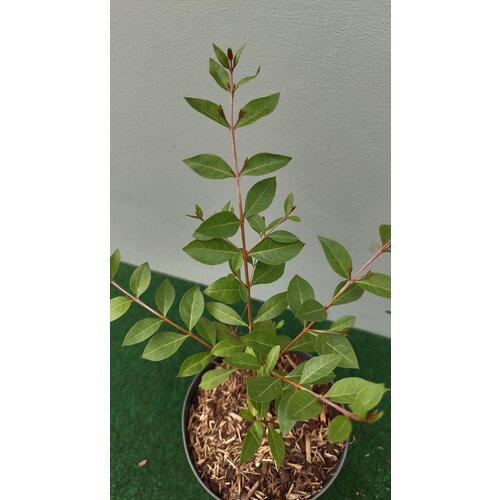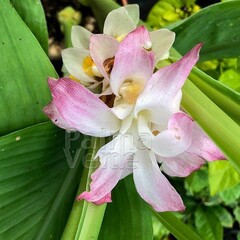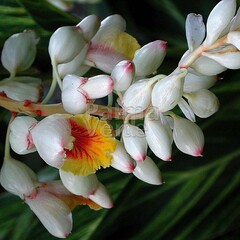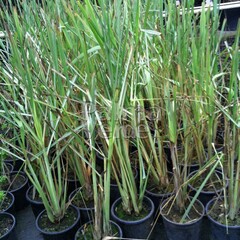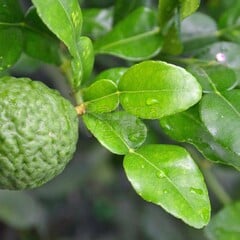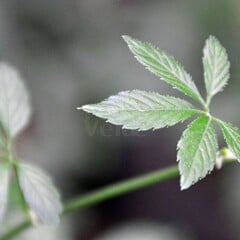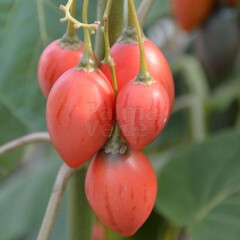Lawsonia inermis, commonly known as henna, is a unique tropical shrub renowned worldwide for the natural dye extracted from its leaves. For thousands of years, henna has been used in traditional body art, medicine, and cosmetics—especially in North Africa, the Middle East, and South Asia.
Henna grows as a bushy shrub or small tree with densely branched stems and glossy, lance-shaped leaves. In warm summers, it produces fragrant creamy to light pink flowers in clusters, which are both ornamental and attractive to pollinators. After flowering, small seed pods develop.
The well-known henna dye is obtained from the young leaves, which are dried and ground into a green powder that turns reddish-brown when applied to skin or hair. Besides its cultural significance, henna is valued for its fragrance and conditioning properties.
Lawsonia inermis thrives in a warm, sunny location with well-draining, sandy soil. It tolerates heat and drought but is not frost hardy. In temperate climates, it is best grown as a container plant, brought indoors during winter above 10 °C.
Hardiness zone: 11 (+5 °C)
Tip: Responds well to pruning and can be kept compact—ideal for sunny patios or greenhouses.






